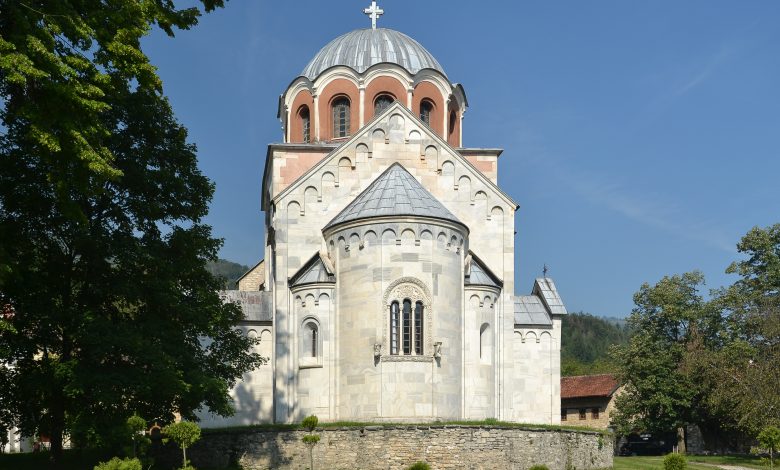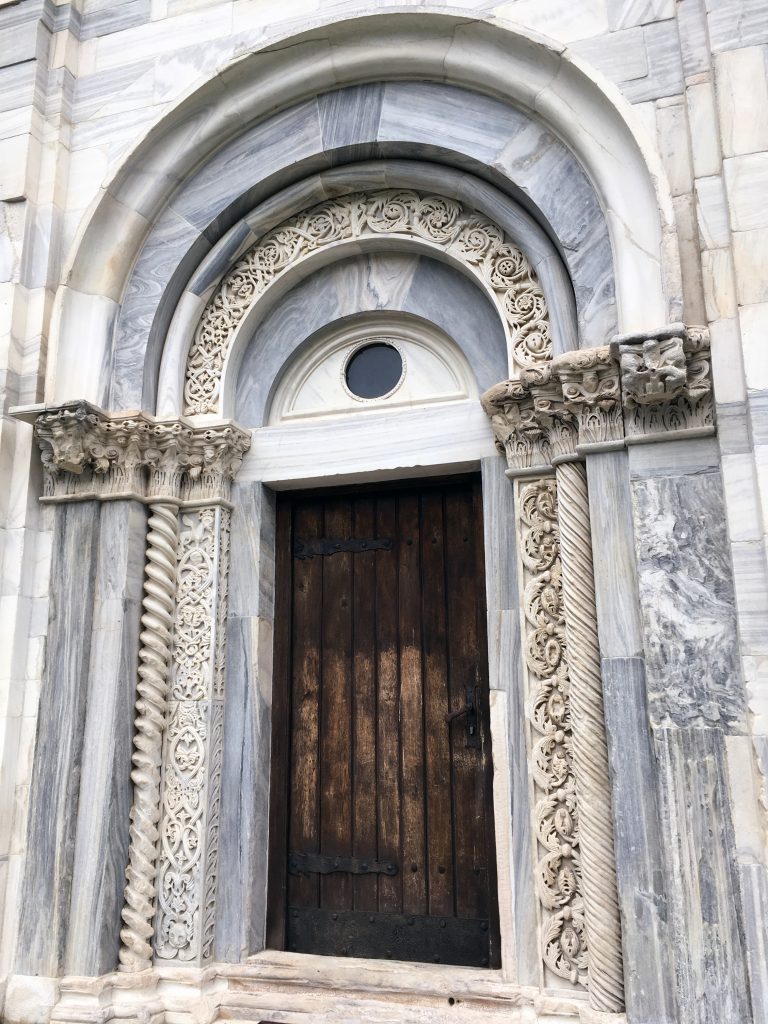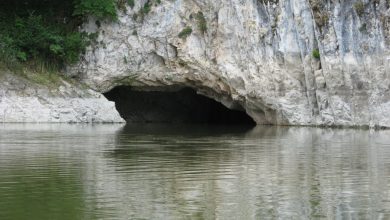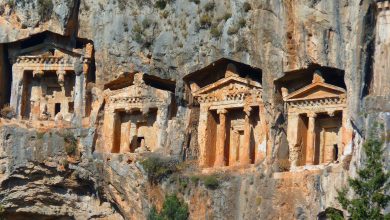
It was built between 1183 and 1196, and the main church is dedicated to the Assumption of the Blessed Virgin. This unique cultural asset represents the most important endowment of the great prefect Stefan Nemanja, the founder of the Nemanjić dynasty and the creator of the Serbian medieval state.
Already at the beginning of the 13th century, this monastery complex became the spiritual, cultural and political center of medieval Serbia. Nemanja’s youngest son, Saint Sava, achieved the autocephaly of the Serbian Orthodox Church and significantly influenced the creation of the Serbian state, culture and medicine.
As the ,,Studenički tipik”, written by Saint Sava in the period between 1208 and 1216, testifies, the first Serbian hospital called ,,Holy spirit” was opened within the monastery buildings. The hospital was built on the model of those from the Byzantine monasteries, and the Serbs were treated in it in the then modern way. From his travels, Saint Sava brought a variety of medicinal herbs and was the first in Serbia to write professional medical literature.
Although during the five centuries of Turkish rule there was a break in the development of medicine and the monastery hospital itself was demolished, one document written in Studenica has been preserved. This document is today in the University Library in Bologna and testifies to the ,,Holy Spirit” hospital as a unique monument of Serbian medicine and culture.
Frequent looting, destruction of frescoes and general destruction are also part of the history of the Studenica monastery. However, this monument has withstood the test of time. Due to its exceptional artistic and cultural values, Studenica has been on the UNESCO World Heritage List since 1986.

Blocks of white marble and Romanesque decorative plastic on the facade represent the combination that gave birth to a style unique to Serbian art of the Middle Ages – the Raska school.
It is important to mention that Nemanja’s descendants also contributed to the current appearance of the monastery complex. King Radoslav added a narthex to the main church in 1245, while King Milutin built the King’s Church in 1314.
A virtual exhibition about the Studenica Monastery on the popular Google Arts & Culture platform will enable all citizens of the world to get to know its history through a high resolution of images, videos and accompanying texts. In the moments when the reduced movement due to the COVID-19 pandemic is encouraged, such initiatives enable us to get acquainted with the world heritage such as the Studenica monastery.
Milica Jovanović
Photo: wikimedia commons



